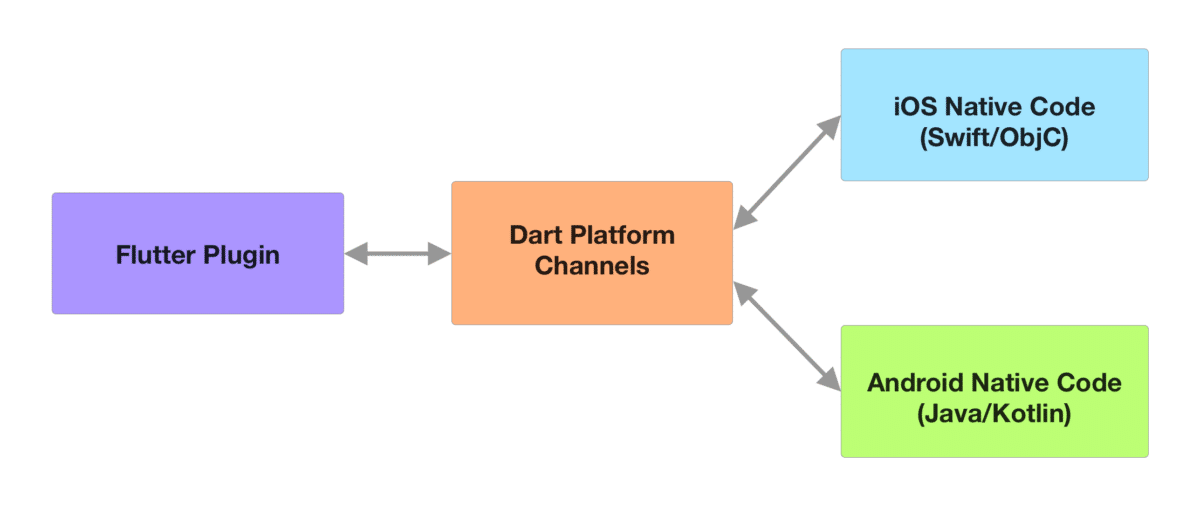Введение
Пакет Google Maps для Flutter позволяет добавлять в приложение iOS или Android карты, созданные на основе данных из Google Карт. SDK обеспечивает доступ к серверам Google Карт, отображение карты и ответ на взаимодействие пользователей с ней, например клики и перетаскивания. Также вы можете добавлять на карту маркеры, ломаные линии, наложения и информационные окна. Эти объекты содержат дополнительную географическую информацию и отвечают за взаимодействие пользователя с картой.
При использовании пакета SDK необходимо соблюдать Условия использования платформы Google Карт и обеспечивать соблюдение всех действующих норм местного законодательства.

Плагины Flutter используют каналы Dart для вызова API для конкретных платформ. Разработчики Flutter используют единый интерфейс пакета, предназначенный для взаимодействия с приложениями. Пакет самостоятельно определяет, на какой платформе в конкретный момент выполняется приложение, и преобразует действия в вызовы соответствующих API этой платформы.
Аудитория
При создании этой документации мы предполагали, что читатели уже знакомы с концепциями разработки на Flutter. Также будет полезен опыт работы с Google Картами в качестве пользователя. С помощью этого руководства можно быстро познакомиться с пакетом Google Maps для Flutter и начать разработку приложений на его основе. Более подробное описание классов и методов можно найти в справочной документации.
Обязательное указание авторства
Если вы используете в приложении Google Maps для Flutter, обязательно включите текст с указанием авторства в раздел юридической информации. Google рекомендует вынести эти данные в отдельный пункт меню или включить их в раздел "О приложении".
Для получения текста с указанием авторства создайте вызов к конечной точке showLicensePage.
Поддерживаемые платформы
Пакет Google Maps для Flutter позволяет создавать приложения для iOS, Android и веб-браузеров.
Сведения о требованиях к разработке и поддерживаемых версиях целевых платформ указаны в документации по Flutter.
Чтобы вы могли использовать URL Google Карт, на целевом устройстве должно быть установлено приложение Google Карт. Для мобильных устройств это Google Карты для iOS или Google Карты для Android.
